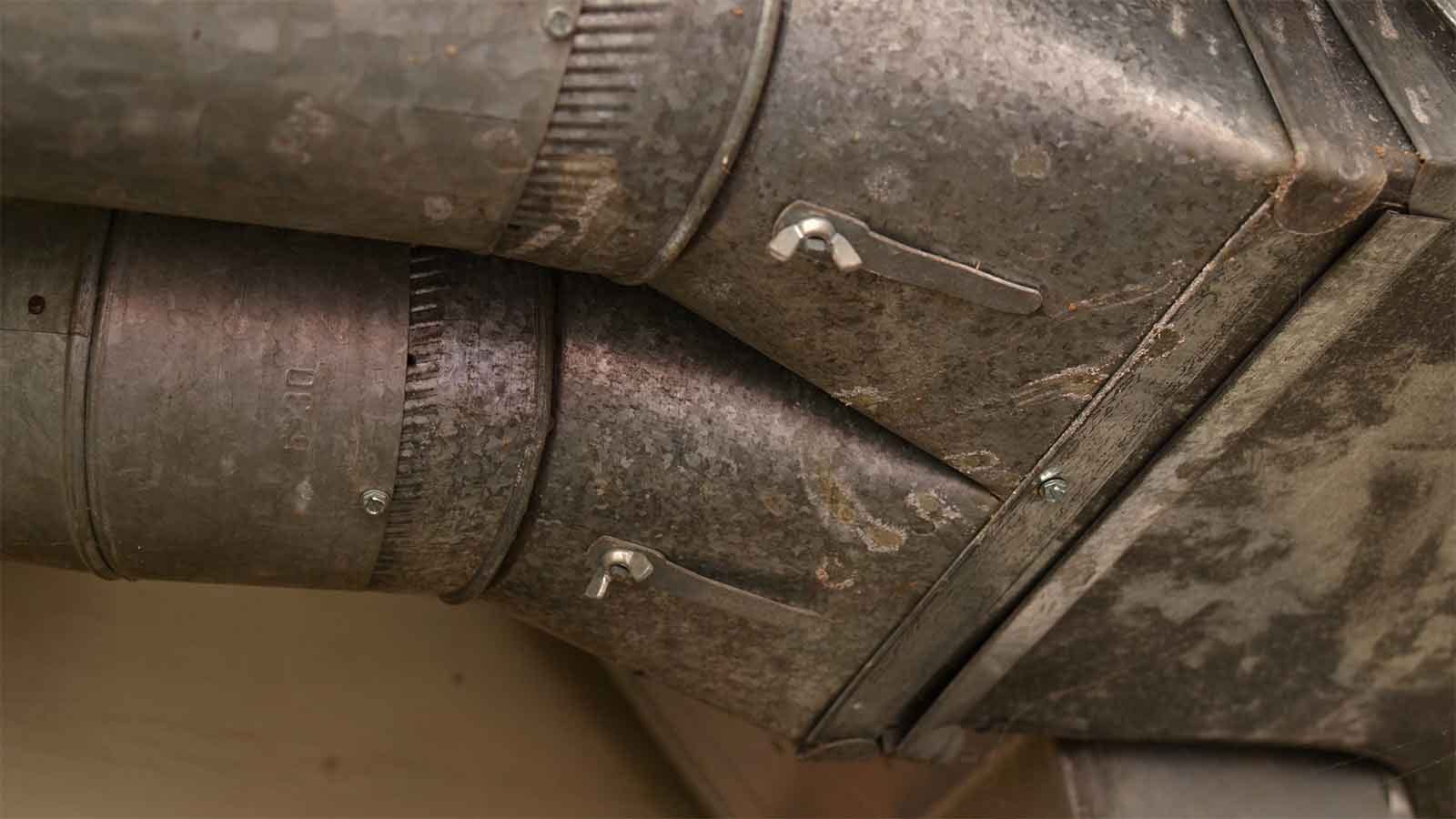

Articles
How To Adjust Dampers On HVAC
Modified: December 7, 2023
Learn how to adjust dampers on your HVAC system with our informative articles. Improve the comfort and efficiency of your home with these step-by-step guides.
(Many of the links in this article redirect to a specific reviewed product. Your purchase of these products through affiliate links helps to generate commission for Storables.com, at no extra cost. Learn more)
Introduction
Welcome to our guide on how to adjust dampers on HVAC systems. If you’ve ever experienced inconsistent temperature distribution in different areas of your home or office, it could be due to imbalanced airflow through your HVAC system. Dampers play a crucial role in controlling the flow of air, and adjusting them properly can help optimize the comfort and energy efficiency of your space.
In this article, we will explore the importance of understanding and adjusting dampers in HVAC systems, the tools you will need for the job, and provide a step-by-step guide to help you carry out this task effectively. Whether you are a homeowner or a professional in the HVAC industry, this article will equip you with the knowledge and skills to ensure proper airflow throughout your space.
Before we delve into the specifics of adjusting dampers, let’s first gain a better understanding of what dampers are and why they are crucial for maintaining optimal air conditioning and heating.
Key Takeaways:
- Properly adjusting dampers in your HVAC system can improve comfort, energy efficiency, and reduce strain on the equipment, leading to longer lifespan and lower maintenance costs.
- By understanding the role of dampers and following the step-by-step guide, you can achieve a properly balanced airflow that enhances the overall performance of your HVAC system.
Read more: How To Tell If HVAC Damper Is Open Or Closed
Understanding Dampers in HVAC Systems
Dampers are devices within HVAC systems that help control the flow of air. They are typically installed in the ductwork and can be manually or automatically operated. The primary function of dampers is to regulate the amount of air that enters different areas or rooms of a building.
There are two main types of dampers commonly found in HVAC systems: supply dampers and return dampers. Supply dampers, also known as volume dampers, are responsible for controlling the amount of conditioned air that is delivered to each room. On the other hand, return dampers regulate the airflow from the occupied space back to the HVAC system for reconditioning.
By adjusting the position of the dampers, you can achieve a more balanced distribution of air throughout your space. This not only improves comfort levels but also helps optimize the performance and energy efficiency of your HVAC system. For example, if certain rooms consistently feel too warm or too cold, adjusting the dampers can redirect more airflow to those areas and provide more even temperature control.
It’s important to note that the placement and number of dampers in an HVAC system can vary depending on the size and layout of the building. Larger buildings may have multiple zones, each with its own set of dampers to enable individual control over airflow to different sections. Understanding the damper configuration in your particular system is essential for effectively adjusting them.
Next, let’s explore why adjusting dampers is crucial for ensuring optimal performance and comfort in your HVAC system.
Why Adjusting Dampers is Important
Properly adjusting dampers in your HVAC system can have several benefits. Here are a few reasons why it is important to pay attention to damper adjustment:
- Improved Comfort: By adjusting the dampers, you can regulate the flow of air to different areas of your space. This allows for more even distribution of conditioned air, ensuring that every room receives the desired level of heating or cooling. No more hot or cold spots!
- Enhanced Energy Efficiency: Balanced airflow achieved through proper damper adjustment can improve the overall energy efficiency of your HVAC system. By directing airflow to where it is needed most, you can reduce wasteful energy consumption and lower your utility bills.
- Reduced Strain on the HVAC System: When the airflow is unbalanced, some areas may receive more air than required while others receive less. This can put unnecessary strain on the system, leading to premature wear and tear. Adjusting the dampers ensures that each area receives the right amount of airflow, reducing the workload on the HVAC equipment.
- Zoning Possibilities: If your building has different zones, adjusting the dampers allows for individual control over airflow to each zone. This enables customized temperature settings for various sections of the building, offering greater comfort and energy optimization.
- Troubleshooting Potential Issues: Adjusting the dampers can help identify and address potential issues within your HVAC system. For example, if a room consistently feels too warm or too cold, adjusting the damper can help determine if there is a blockage or malfunctioning component that needs attention.
It is worth noting that while adjusting dampers can help improve comfort and energy efficiency, it is important to strike the right balance. Over-adjusting or blocking off airflow completely to certain areas can lead to other issues such as increased air pressure or strain on the system. It is advisable to consult with an HVAC professional if you are unsure about the optimal damper adjustments for your specific system.
Now that we understand the importance of adjusting dampers, let’s move on to the tools you will need to carry out this task effectively.
When adjusting dampers on your HVAC system, start by closing all the dampers and then gradually open them one by one to find the right balance of airflow throughout your home. Keep an eye on the airflow and make small adjustments as needed.
Tools Required for Adjusting Dampers
Before you start adjusting the dampers in your HVAC system, it’s important to gather the necessary tools. Here are some common tools that can help facilitate the process:
- Screwdriver: A screwdriver is an essential tool for adjusting dampers. Depending on the type of damper, you may need a flathead or Phillips screwdriver to loosen or tighten the screws that hold the damper in place.
- Damper Handle or Key: Some dampers, especially motorized ones, may require a specialized handle or key for adjustments. Make sure you have the appropriate tool for your specific damper type.
- Flashlight: A flashlight can come in handy for better visibility, especially if your dampers are located in dimly lit areas of your HVAC system or ductwork.
- Protective Gear: It’s important to prioritize safety when working with HVAC systems. Wear protective gloves and safety glasses to prevent any injury or exposure to dirt, dust, or sharp edges while adjusting the dampers.
- Tape Measure: A tape measure can be useful for taking measurements to determine the optimal damper adjustments, especially if you are working with multiple dampers or a complex zoning system.
- Notepad and Pen: Keep a notepad and pen handy to jot down any important measurements or notes during the damper adjustments. This can help you keep track of changes made and serve as a reference for future adjustments.
- Dust Brush or Vacuum Cleaner: It’s a good practice to clean the dampers and surrounding areas while adjusting them. Use a dust brush or vacuum cleaner to remove any debris or dust buildup that may impact their performance.
Having these tools readily available before you start adjusting dampers will make the process smoother and more efficient. Now that you’re equipped with the necessary tools, let’s proceed to the step-by-step guide on how to adjust the dampers on your HVAC system.
Steps to Adjust Dampers on HVAC
Adjusting the dampers in your HVAC system may vary depending on the specific type and configuration of your system. However, here are some general steps to help guide you through the process:
- Identify the dampers: Start by locating the dampers in your HVAC system. They are typically found in the ductwork, near where the supply air enters each room or zone. Consult your HVAC system’s manual or seek professional advice if you’re unsure about the damper locations.
- Turn the HVAC system on: Before you start adjusting the dampers, it’s important to have the HVAC system running. This will allow you to feel and assess the airflow in each area as you make adjustments.
- Assess the airflow: Spend some time walking through each room or zone, feeling the airflow from the supply registers. Take note of any areas that feel excessively warm or cold compared to others.
- Begin adjusting: Using the appropriate tool, such as a screwdriver or damper handle, start adjusting the dampers one at a time. Gradually open or close the damper to regulate the airflow to each area. Make small adjustments and give it some time to see the impact on the airflow.
- Observe and reassess: After making adjustments, go back and assess the airflow in each area again. Pay attention to any changes in temperature, comfort, or airflow balance. Continuously reassess and fine-tune the damper adjustments until you achieve the desired airflow balance.
- Record the adjustments: As you make adjustments, take notes of the changes you made and their impact. This will help you keep track of the adjustments and serve as a reference for future maintenance or troubleshooting.
- Test and monitor: Once you have adjusted the dampers, monitor the HVAC system’s performance over time. Pay attention to the comfort levels in each area, energy consumption, and any potential issues that may arise. This will help you identify if further adjustments are needed in the future.
It’s important to remember that adjusting dampers requires patience and careful monitoring. Avoid making drastic changes all at once, as it can result in imbalances or strain on the HVAC system. Gradual adjustments and continuous assessment will help you achieve optimal airflow and comfort.
Keep in mind that if you feel uncertain about adjusting the dampers or encounter any challenges along the way, don’t hesitate to seek professional assistance. HVAC professionals have the expertise and knowledge to ensure proper damper adjustments and can help address any underlying issues with your system.
With these steps in mind, you are now ready to adjust the dampers in your HVAC system and enjoy improved comfort and energy efficiency throughout your space.
Read more: What Do Dampers Do In HVAC
Conclusion
Adjusting dampers in your HVAC system is a crucial aspect of maintaining optimal airflow, comfort, and energy efficiency in your space. By understanding the role of dampers and following the steps outlined in this guide, you can achieve a properly balanced airflow that enhances the overall performance of your HVAC system.
Properly adjusting dampers not only improves comfort by eliminating hot or cold spots but also reduces strain on the HVAC equipment, leading to longer lifespan and lower maintenance costs. Additionally, optimizing airflow through damper adjustments can contribute to energy savings and lower utility bills.
Remember to gather the necessary tools, such as a screwdriver, damper handle, flashlight, and protective gear, before beginning the damper adjustment process. Carefully assess the airflow in each area, make gradual adjustments, and continuously monitor and reassess the results. Keep a record of the adjustments made for future reference.
If you have any doubts or encounter challenges while adjusting dampers, it’s always wise to consult with an HVAC professional. They can provide expert guidance and ensure that your system is functioning optimally.
Now that you have a solid understanding of how to adjust dampers in HVAC systems and the importance of this task, you are equipped to optimize the comfort and energy efficiency of your space. Take the time to assess and adjust the dampers, and enjoy the benefits of a well-balanced airflow and a reliable HVAC system.
Remember, by regularly maintaining and adjusting dampers, you can ensure that your HVAC system operates at peak performance, providing the comfort and energy efficiency you desire.
Frequently Asked Questions about How To Adjust Dampers On HVAC
Was this page helpful?
At Storables.com, we guarantee accurate and reliable information. Our content, validated by Expert Board Contributors, is crafted following stringent Editorial Policies. We're committed to providing you with well-researched, expert-backed insights for all your informational needs.
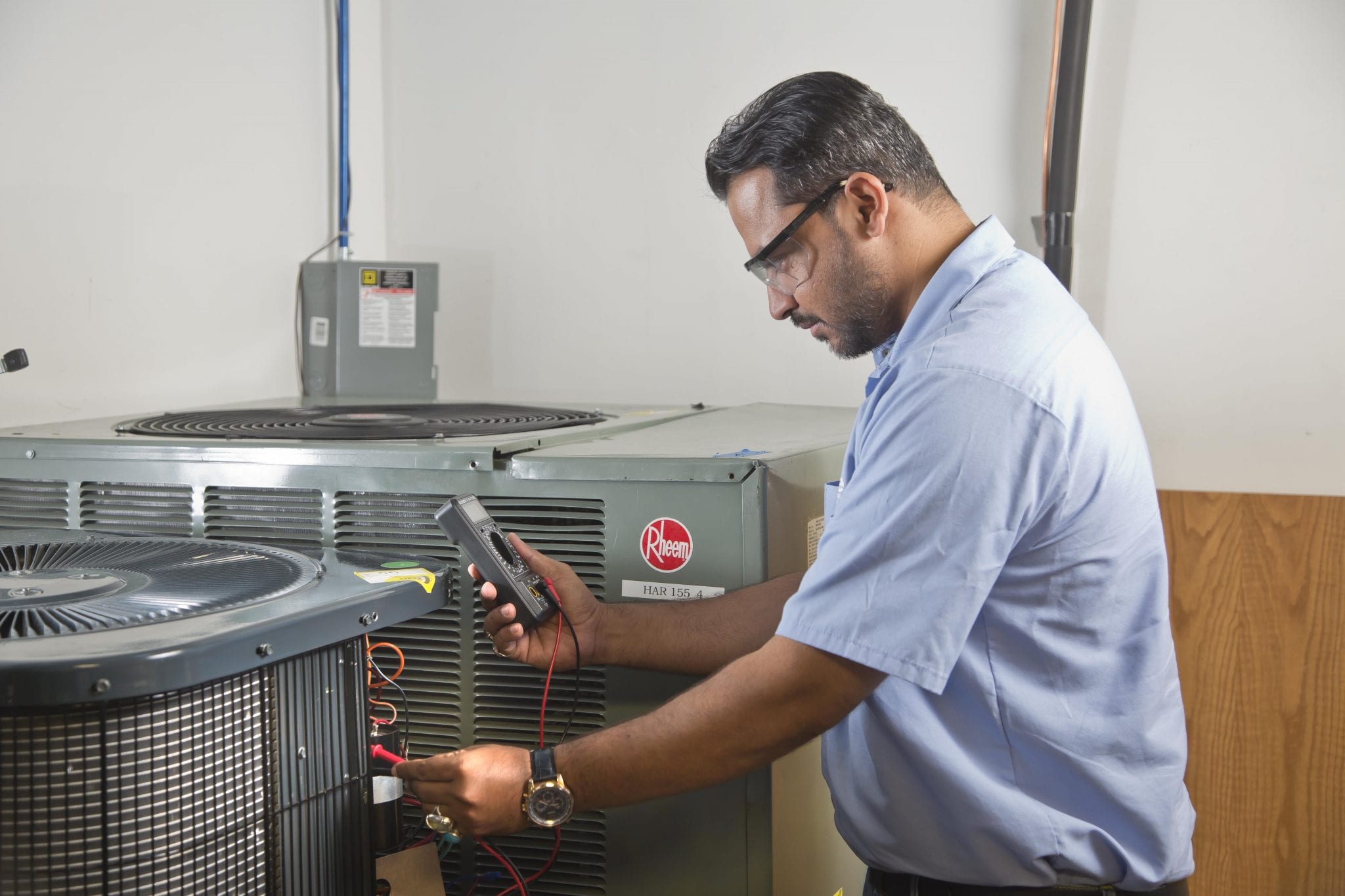
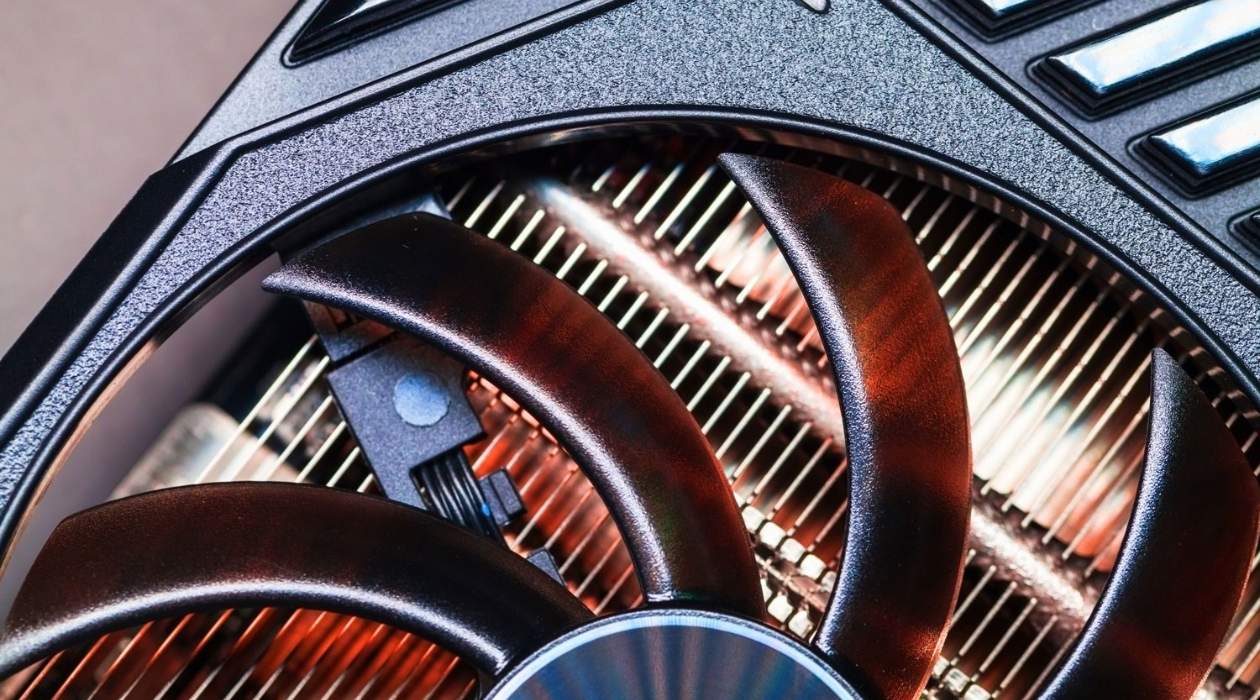
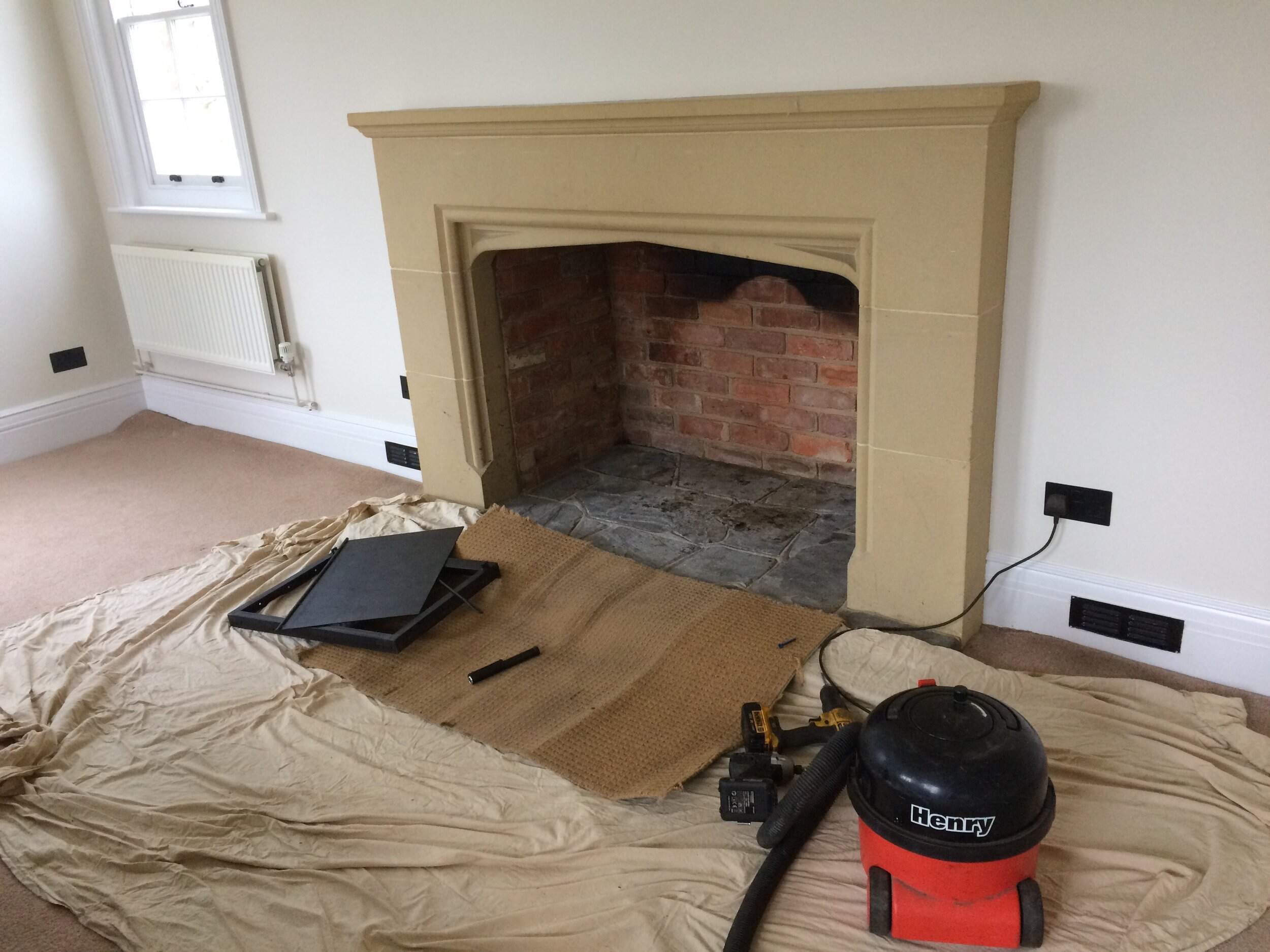

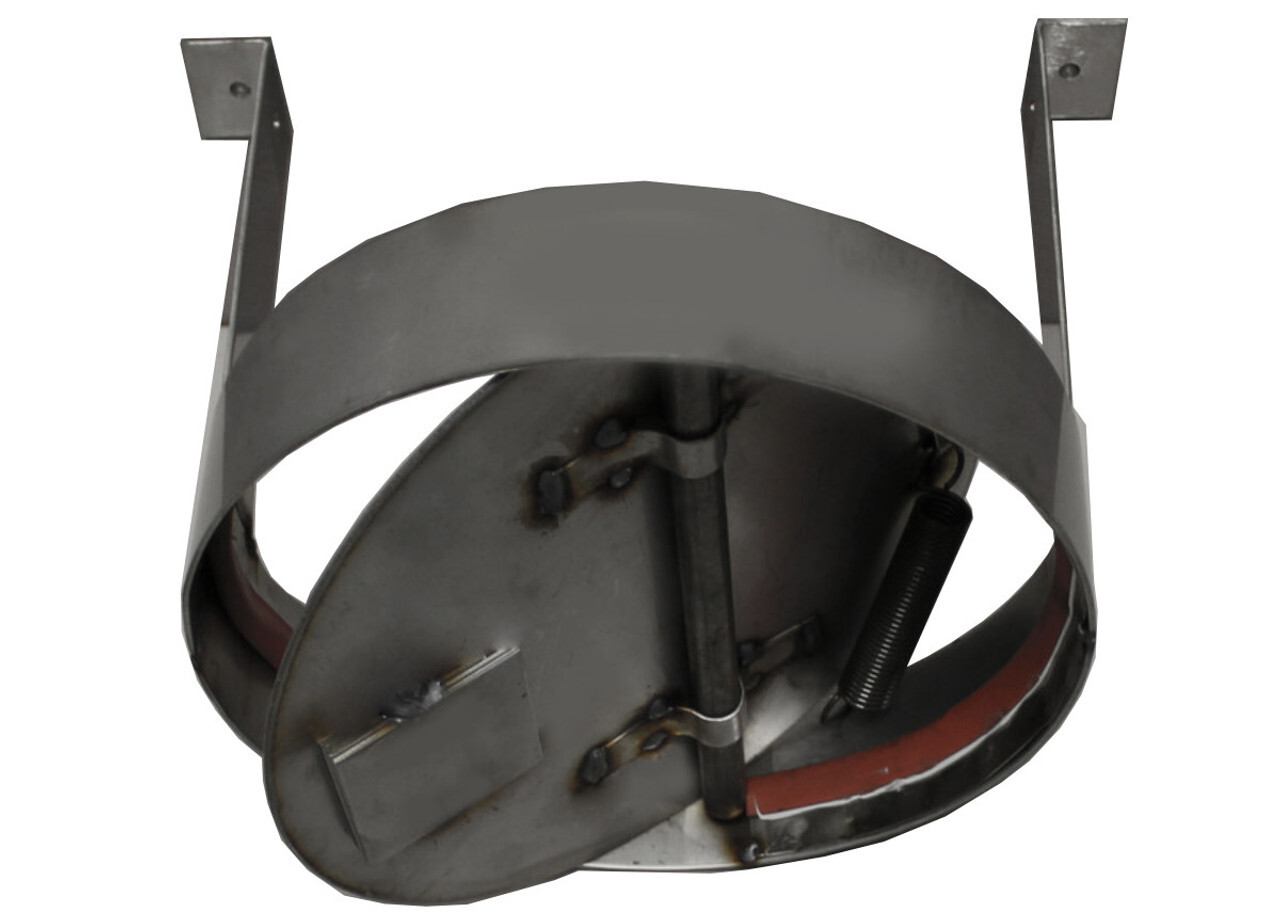
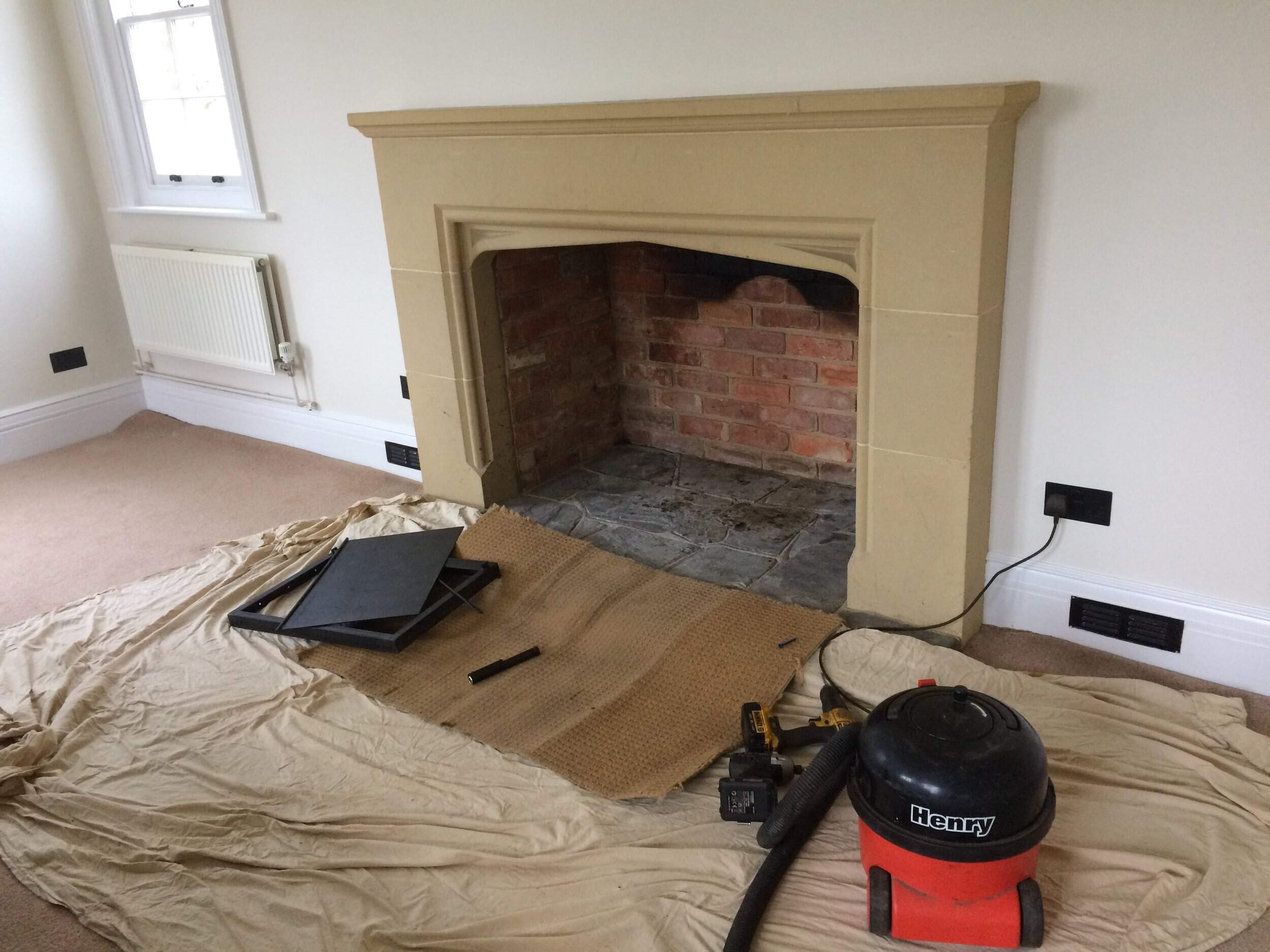
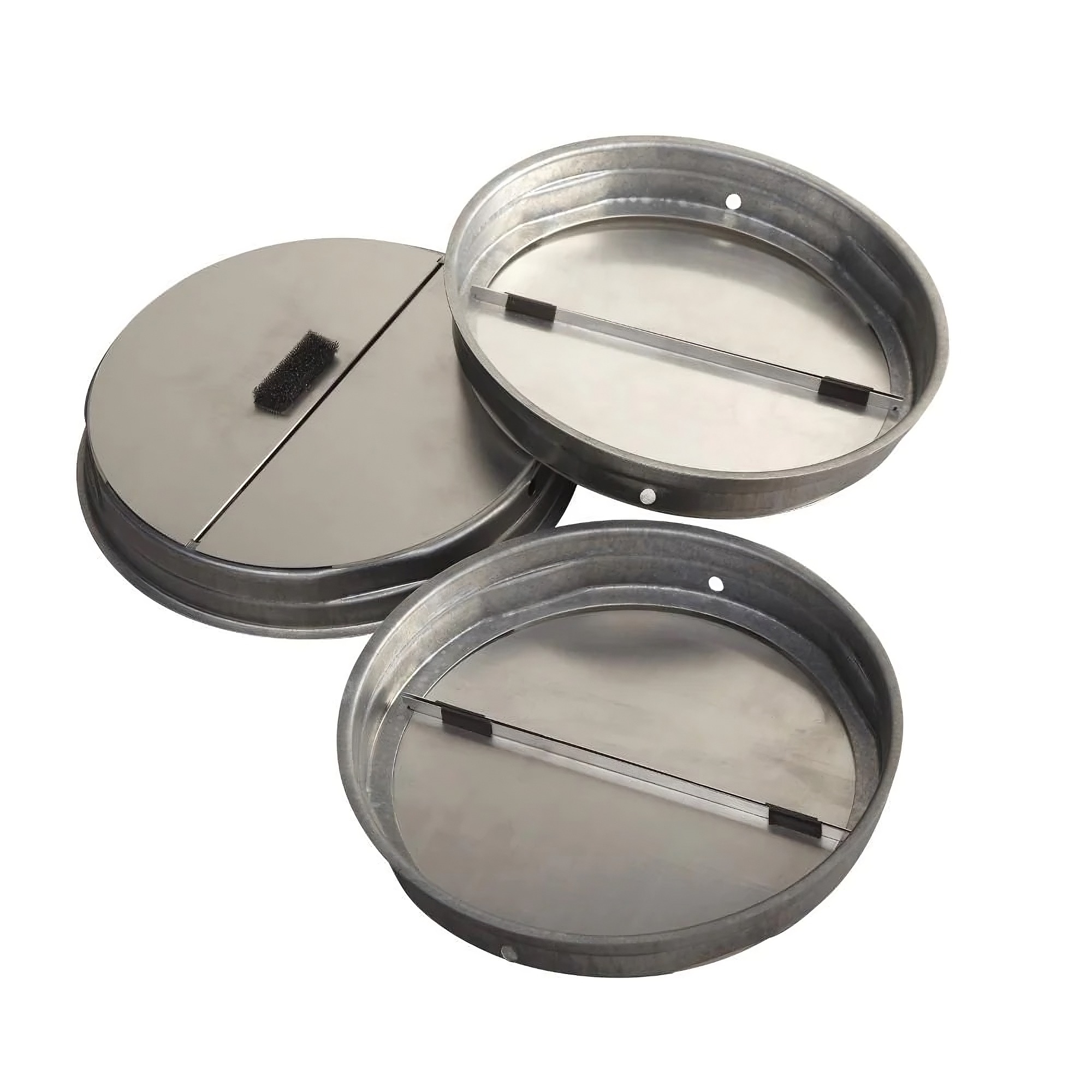
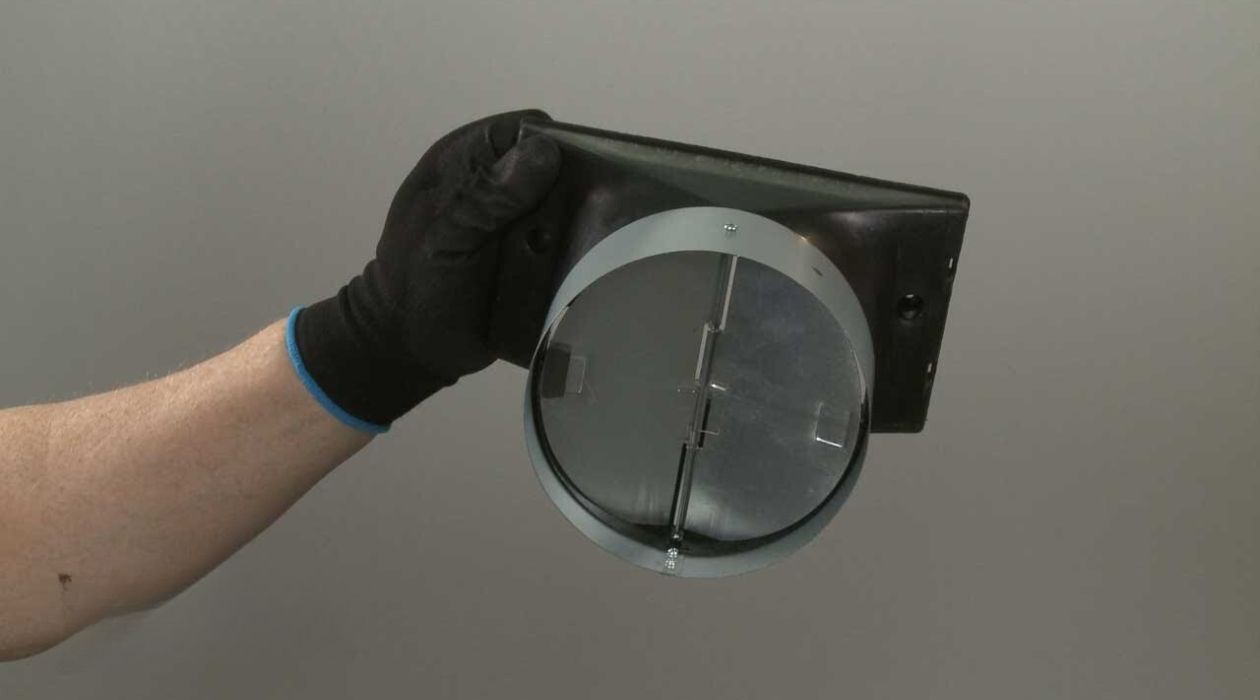

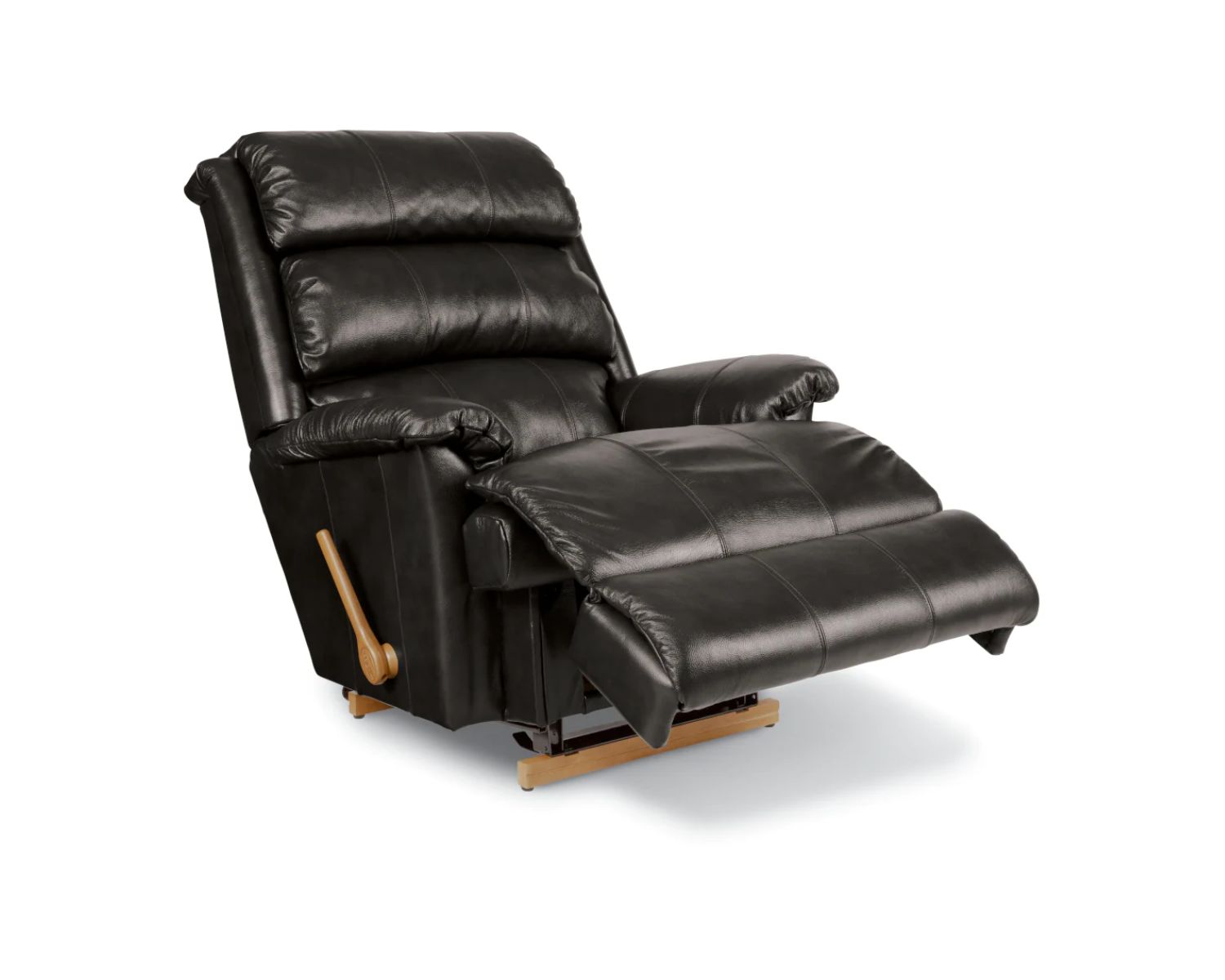
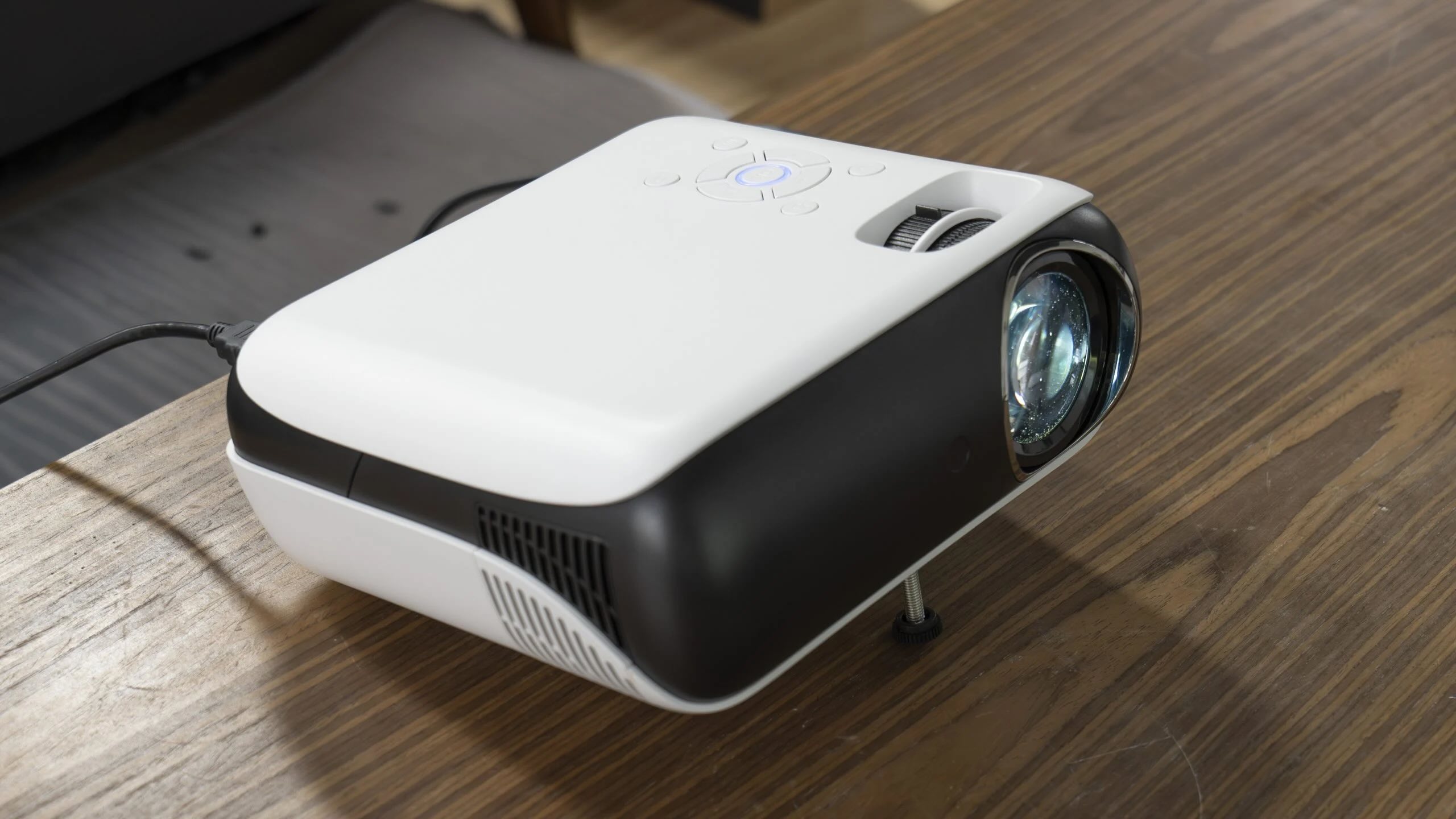
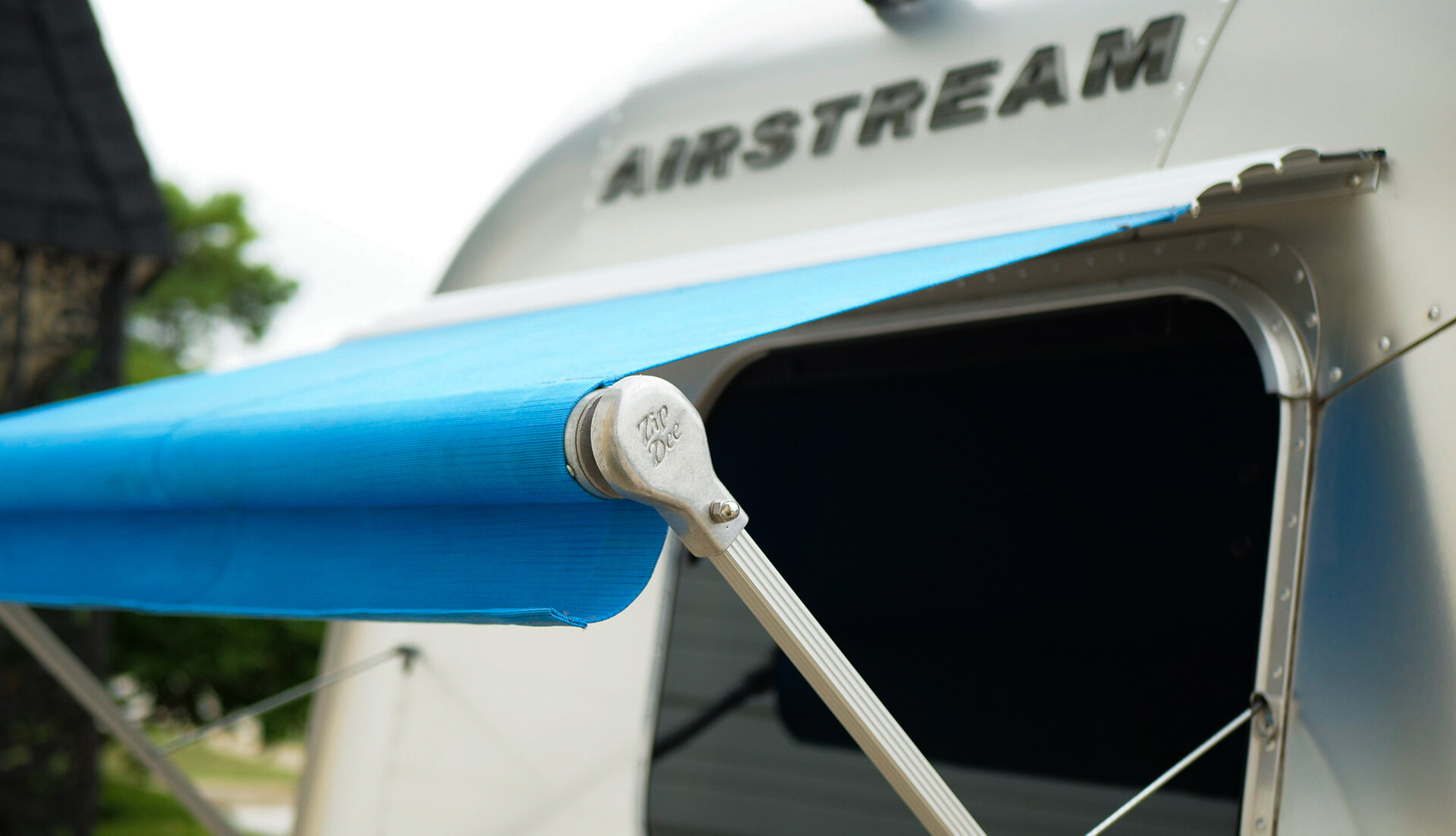
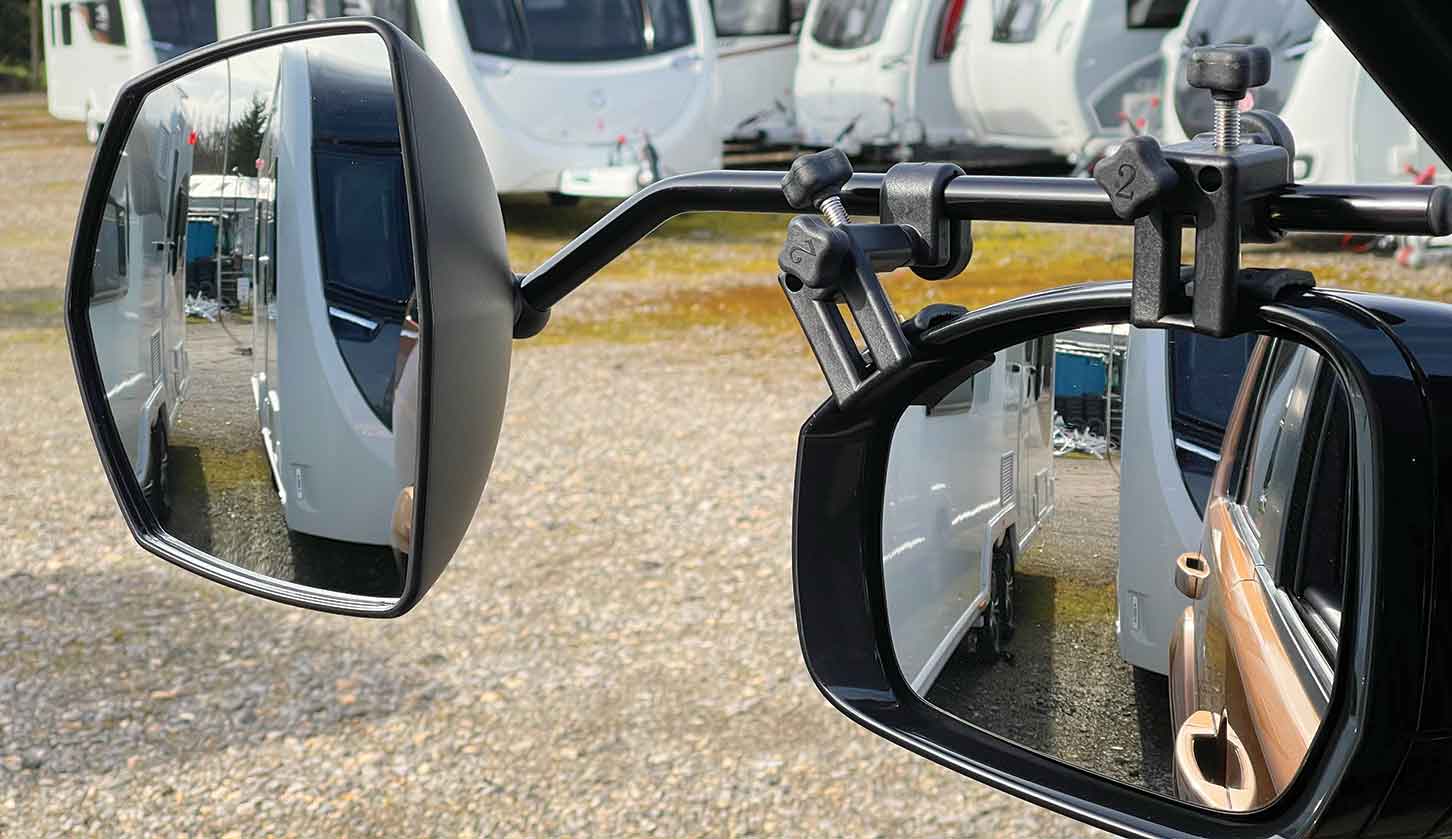
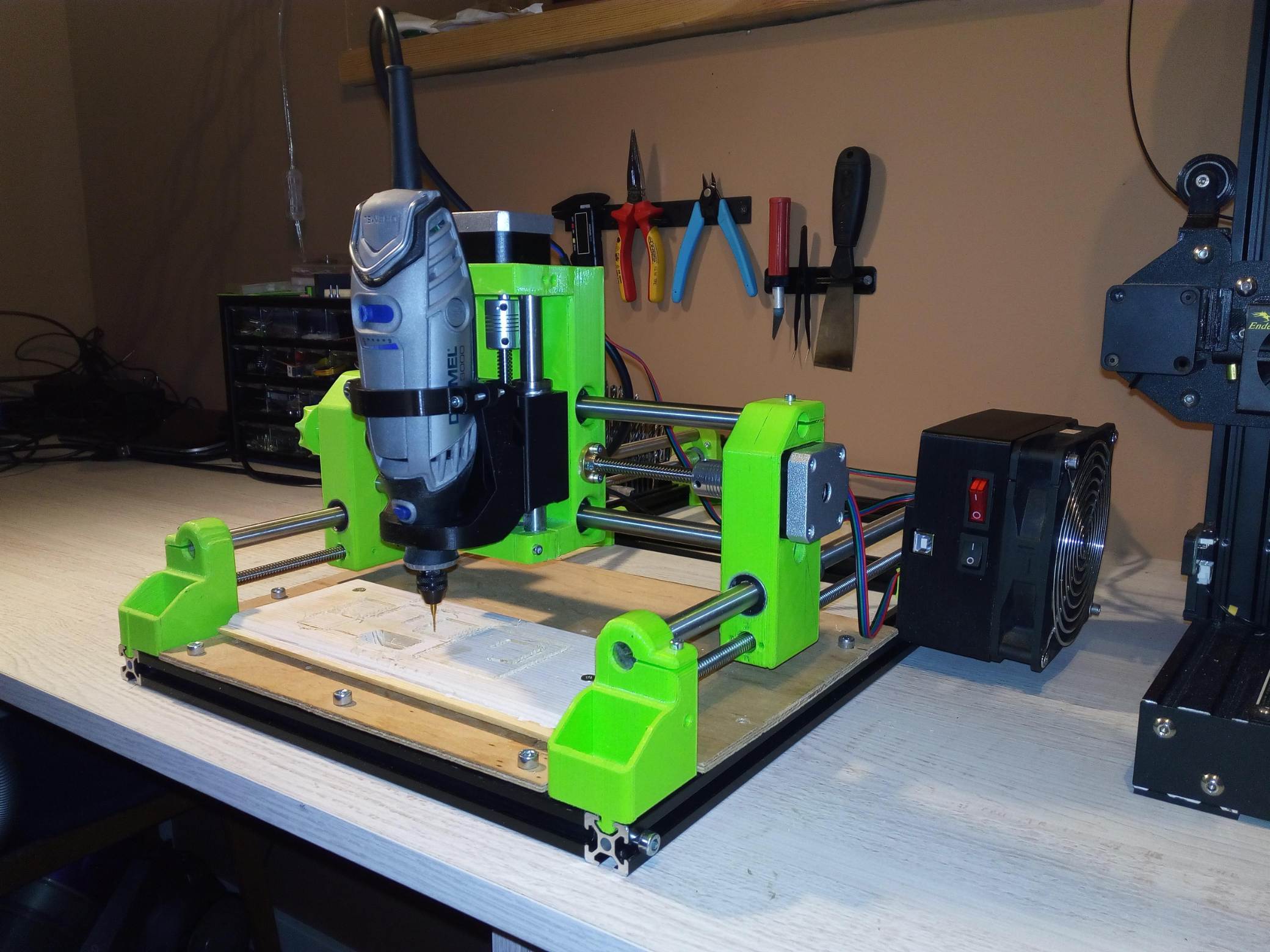

0 thoughts on “How To Adjust Dampers On HVAC”